Search
Remove Ads
Advertisement
Summary
Loading AI-generated summary based on World History Encyclopedia articles ...
Answers are generated by Perplexity AI drawing on articles from World History Encyclopedia. Please remember that artificial intelligence can make mistakes. For more detailed information, please read the source articles
Search Results
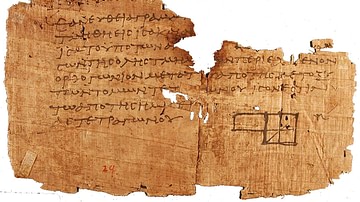
Image
Fragment of Euclid's Elements
A fragment of the second book of the Elements of Euclid in Greek, discovered in 1897 at Oxyrhynchus, Egypt.
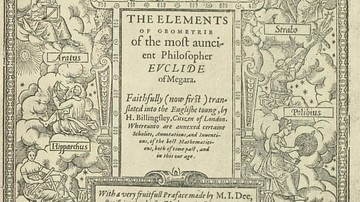
Image
First English version of Euclid's Elements, 1570
Title page of Sir Henry Billingsley's first English version of Euclid's Elements, 1570.
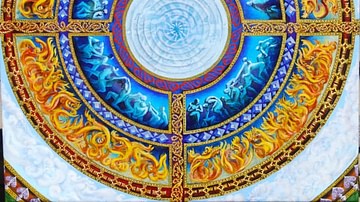
Image
The Four Elements
The Four Elements. Painting by Mana Lesman. Used with the permission of the artist.
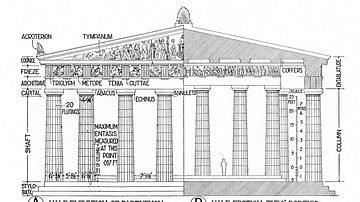
Image
Architectural Elements of the Parthenon
An illustration showing the principal architectural features of the Parthenon (447-432 BCE). The left side (A) illustrates the facade, the right side (B) illustrates the inner cella.
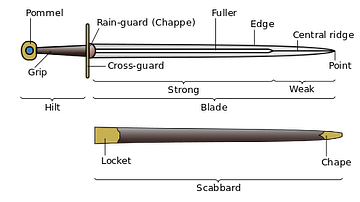
Image
Elements of a Medieval Great Sword
A diagram illustrating the various components of a medieval Great Sword and scabbard, the typical weapon of knights.
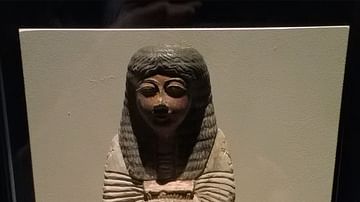
Article
The Five Gifts of Hathor: Gratitude in Ancient Egypt
The central cultural value of ancient Egypt was ma'at – harmony and balance – which maintained the order of the universe and the lives of the people. Keeping balance in one's life encouraged the same in one's family and, by extension outward...
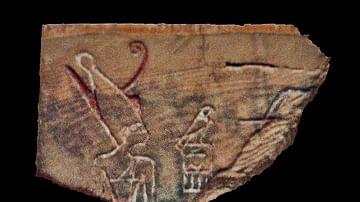
Article
The Five Great Kings of Egypt's Early Dynastic Period
Egypt's Early Dynastic Period (3150-2613 BCE) lay the foundation of what would become one of the most impressive civilizations of the ancient world. The kings of this era, except for Narmer and Djoser, are often overlooked but were responsible...
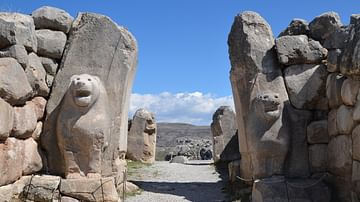
Article
Five Key Historical Sites of the Hittites
Although mentioned several times in the Biblical texts, the actual existence of the Hittites was largely forgotten until the late 19th century CE. With the discovery of Hattusa in 1834 CE, the city that was for many years the capital of the...

Image
The Five Good Emperors of the Roman Empire (96 - 180 CE)
An infographic illustrating the succession of Roman rulers between 96 and 180 CE, known as the Five Good Emperors (a term unknown to the ancient Romans, coined by Nicolo Machiavelli in his 1531 manuscript Discourses on Livy and made widely...

Image
Luther's Ninety-Five Theses Nailed to the Wittenberg Church's Door
Joseph Fiennes as Martin Luther (l. 1483-1546) nailing the Ninety-Five Theses to the door of the Wittenberg church in the movie Luther (2003).
© Eikon Film and NFP Teleart